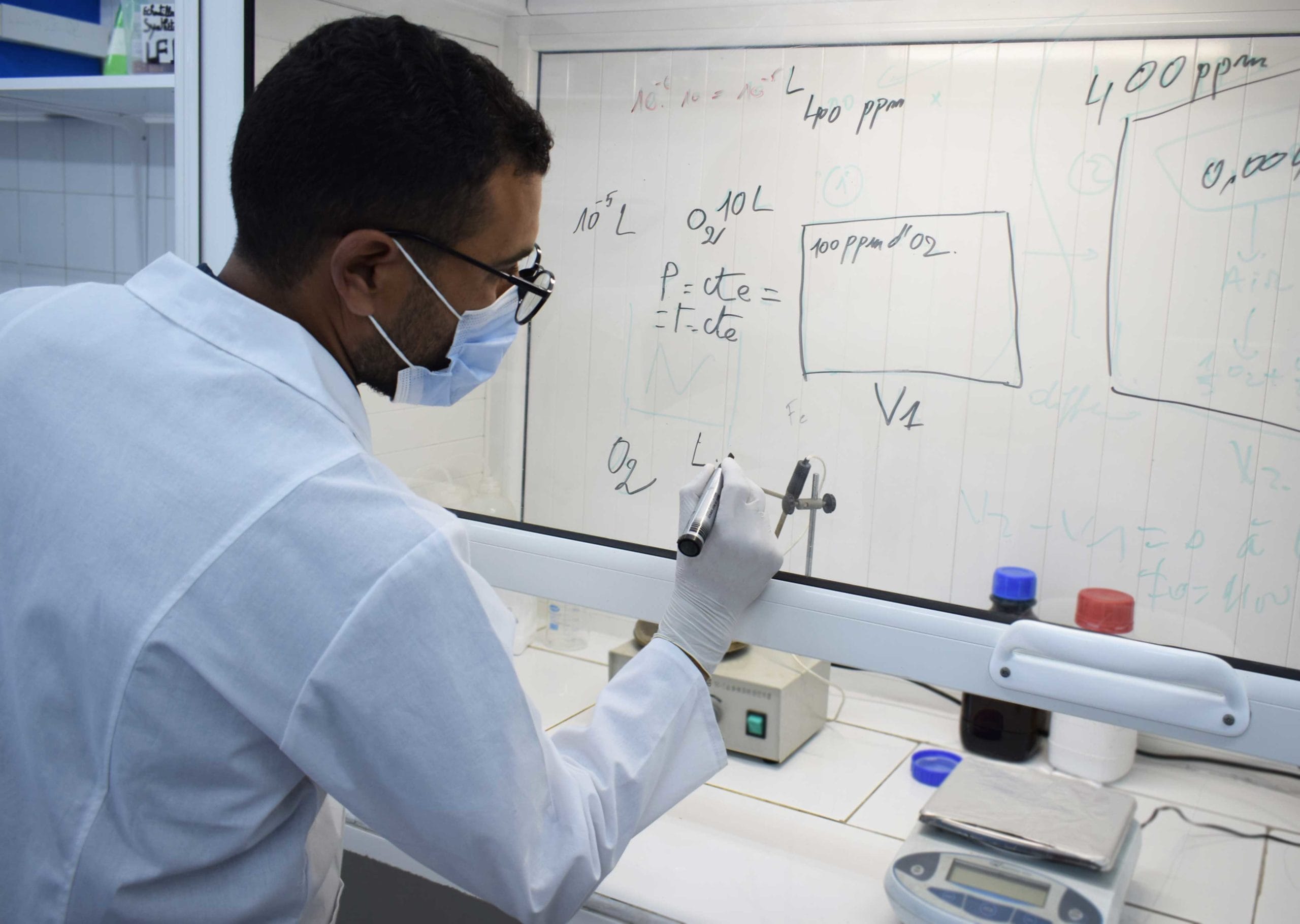
Lithium
February 22, 2025
New Chemical Mixing Capability (LTO)
Starz Energies introduces a new generation of anode material. It is made of lithium titanite oxide (Li4Ti5O12, LTO) with a theoretical specific capacity of 175 mAh g-1 and a flat operating voltage of approximately 1.5 V vs. Li+ /Li).
Advantage
This type of anode is considered one of the potential candidates for both hybrid electrochemical Supercapacitors and Lithium ion batteries (LIBs) due to excellent safety characteristics and cycling stability. It has an outstanding cycle life and zero strain property during the charging/discharging process.
Check out our LTO latest chemicals mixing results obtained at Starz Energies R&D laboratory.
Tags
About Starz Energies
Starz Energies is the first lithium-ion battery manufacturer in Tunisia, and in North Africa, to venture in energy storage solutions. Starz is applying its R&D expertise to provide more efficient, greener, and more affordable lithium-ion batteries.
Learn MoreShare This Post
Related Post
July 10, 2025 • 7 minutes read
How Battery Technology Solutions Are Powering the Shift to Smart Cities
July 2, 2025 • 6 minutes read
Why System Integrators Prefer Custom BMS Manufacturing Partnerships
June 17, 2025 • 6 minutes read
Why Custom Battery Pack Manufacturing Is the Future of Energy Storage
